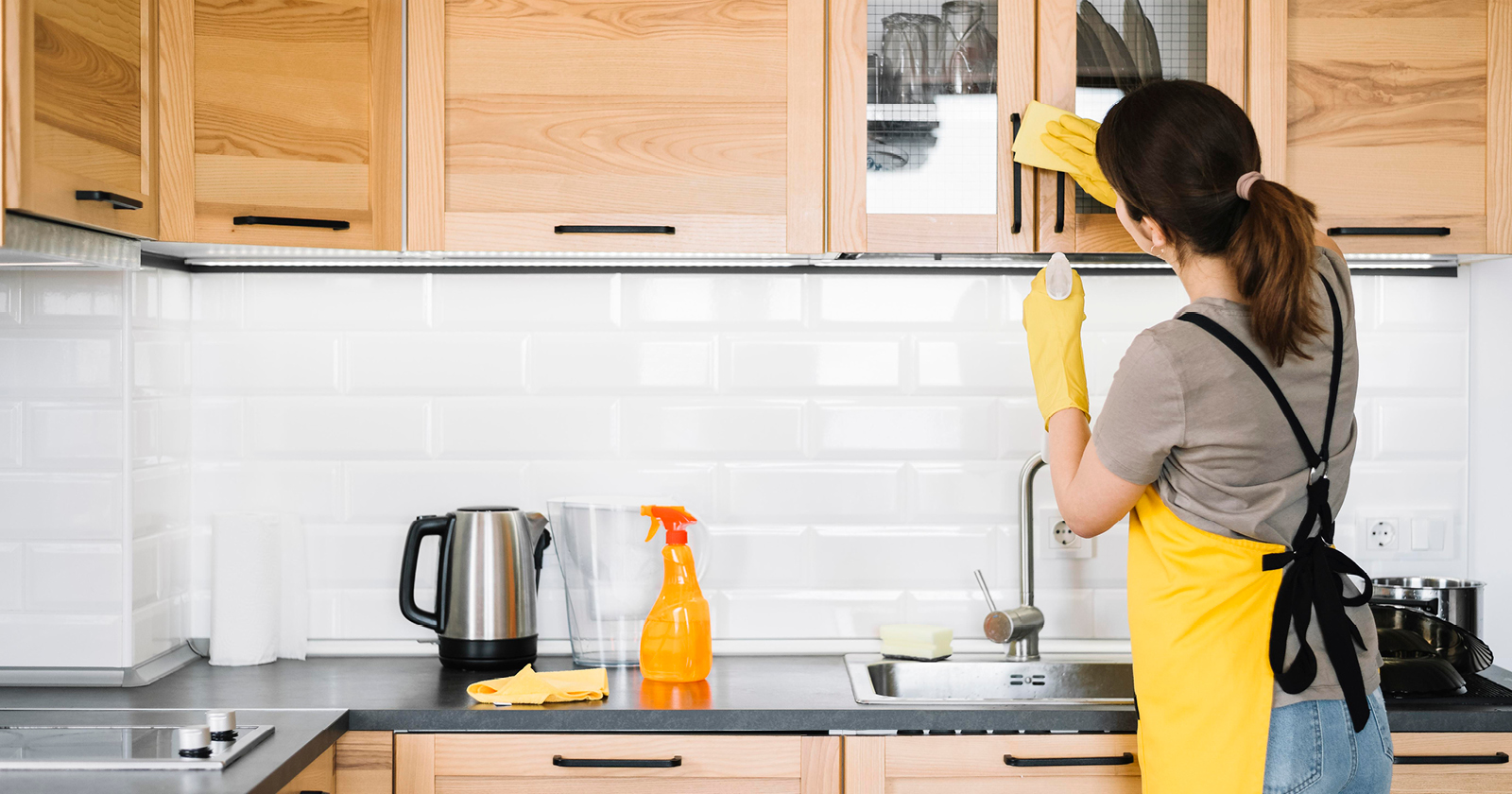These days, many older homeowners are embracing the idea of aging in place as an alternative to senior living communities. In this post, we provide some essential aging-in-place home modifications and examine the benefits of remaining in your house during your golden years.
Why Age in Place?
From the perspective of some homeowners, aging in place allows them to maintain dignity and independence while being surrounded by neighbors and family. Instead of moving to a senior living community, they can continue enjoying their pets and social engagement in the community, while avoiding the prohibitive cost of retirement housing.
But getting older comes with many challenges that can make a home uncomfortable or even dangerous. If you or a loved one are considering aging in place, here’s how you can prepare your home for the years ahead.
Think About Your Health
One practical way to start planning for the future is to consider any chronic conditions you or your spouse may be dealing with, whether it’s diabetes, arthritis, emphysema or some other physical issue. Talk with your doctor about how these health challenges might make it difficult for you or your loved one to look after themselves in the future. If you’re a caregiver for an older adult, explore how you can secure the help they need to continue living in their own home.
Even if your health is fine right now, things can change over time. So, make sure you have the flexibility to attain help if needed.
Checklist for Aging in Place
Many older adults regard their homes as havens of comfort and safety. As we age, however, even a well-kept home can introduce potential dangers. Tasks that we typically don’t think twice about, such as climbing stairs or bathing, can suddenly become a risk.
Here are some changes you should consider making to your home so it will remain comfortable and safe as you age in place.
Bathroom:
- Add a step-free shower to reduce the risk of slips.
- Position a chair or bench in the shower for easier bathing.
- Mount grab rails in the shower area and beside the toilet.
- Replace glass shower panels with shatter-proof alternatives.
- Add traction-enhancing strips or shapes to the shower floor (these are superior to mats).
- Consider upgrading your toilet to a higher model or use a toilet elevator for ease of use.
- Choose lever-style taps if arthritis or joint discomfort is a problem.
- Switch out a fixed showerhead with a detachable one to make seated showering possible.
Bedroom:
- Make sure the bed height allows for easy transitions. Consider bed elevators, if required.
- Think about investing in an adjustable bed for enhanced comfort.
- If maneuvering stairs becomes challenging, relocate the bedroom to a lower level by converting a room, like a study, into a sleeping area.
Kitchen:
- Invest in a stove that comes equipped with warnings when a burner is still active.
- Rearrange large appliances for more comfortable access.
- Select a fridge with handles that can be reached from a wheelchair or walker.
- Add pull-out drawers or trays to existing cupboards for improved accessibility.
Furniture:
- Remove surplus furniture and clear out clutter to facilitate room navigation.
- Choose seating with armrests to assist in sitting and standing.
- If required, invest in a power lift chair — a recliner-like piece that allows electronic adjustment for safe transitions.
- Make sure electrical wires are not obstructing walkways — and remember not to hide them under rugs.
Lighting:
- Install sufficient lighting, both indoors and outdoors, for safe movement in all spaces, including cellars, lofts and storage rooms.
- Position light switches near the entrances of rooms for easy access.
- Install night-lights, particularly in bedrooms and washrooms.
- Think about using voice-controlled smart lighting.
Flooring/Rugs:
- Lay non-shag carpet over hard surfaces like concrete, ceramic and marble to mitigate injury risk from falls.
- Make sure carpet thickness is short enough to allow for easy wheelchair or walker movement.
- Steer clear of loose rugs that might cause tripping.
- Anchor area rugs with two-sided tape or use slip-resistant underlays.
When planning, it’s important to consider how you will pay for the alterations and services you may need as you age. You may find that some services are covered by Medicare or other health insurance plans. Always verify with your insurance provider(s). You might find that paying for a handful of services directly might cost less than transitioning to an independent living, assisted living or long-term care facility. Websites like Benefits.gov and BenefitsCheckUp® can help you discover potential benefits you may be able to utilize.



